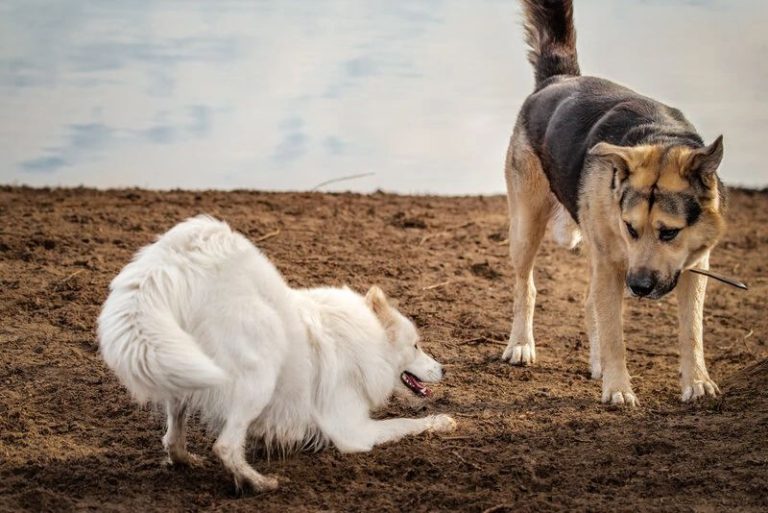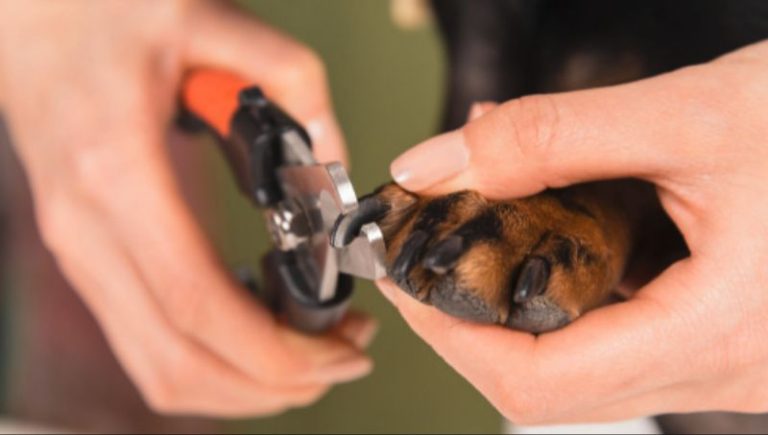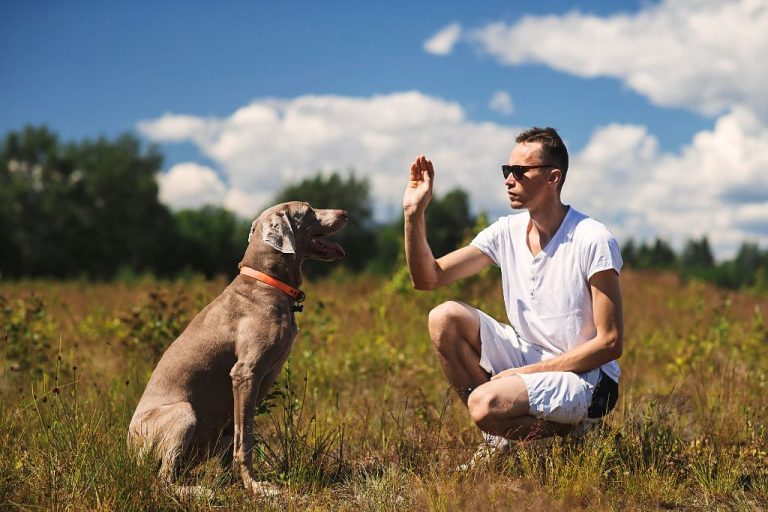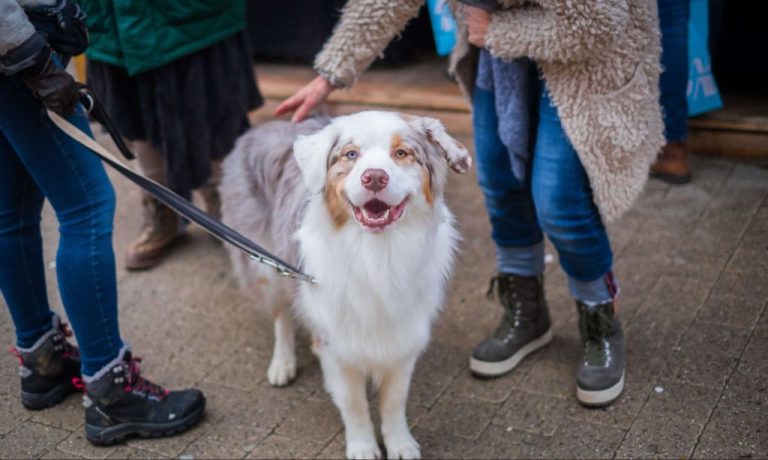Beginner’S Guide To Socializing Your Dog: Why It’S Important
Socialization refers to the process of exposing dogs to various situations, people, animals, and environments in a gradual, positive way during the first few months of life. Proper socialization is critical for dogs to develop the skills to interact politely and confidently with their world. Unfortunately, many owners make the mistake of isolating their puppies or waiting until after vaccinations are complete to socialize. This is a risky approach, as dogs have a prime window before 12 weeks of age when socialization is most effective at shaping behavior. When dogs miss this critical window, they are prone to developing fear, anxiety or aggression later in life. The benefits of proper socialization are immense – these dogs are more confident, calm, and friendly. With proper socialization, you set your dog up for success within your family, neighborhood and the wider world.
Socialization vs. Training
Socialization and training are two important but distinct aspects of raising a well-behaved dog. While training teaches a dog basic obedience commands and manners, socialization focuses on getting a dog comfortable in different environments and around various stimuli. As explained in this article from AKC, “Proper socialization means providing positive experiences with as many new people, dogs, and situations as possible.”
During socialization, a dog is exposed to new sights, sounds, smells, objects, animals, and people in a gradual, positive way. The goal is to help the dog feel relaxed and confident when encountering novel things, rather than fearful or reactive. This allows the dog to adapt well to everyday life. Socialization involves letting the dog explore and take the lead while keeping them feeling safe and secure.
In contrast, training is direct teaching of specific behaviors like sit, stay, come, heel, etc. The focus is on establishing clear commands that the dog is expected to follow. Rather than mere exposure, training uses structure, repetition, and positive reinforcement to shape the dog’s conduct. While socialization establishes comfort, training establishes control.
Both socialization and training are vitally important for raising a happy, well-adjusted dog. However, it’s essential not to confuse the two. Socialization is about gaining life experience through exposure and exploration. Training is about mastering skills through direction and repetition.
Critical Early Socialization Period
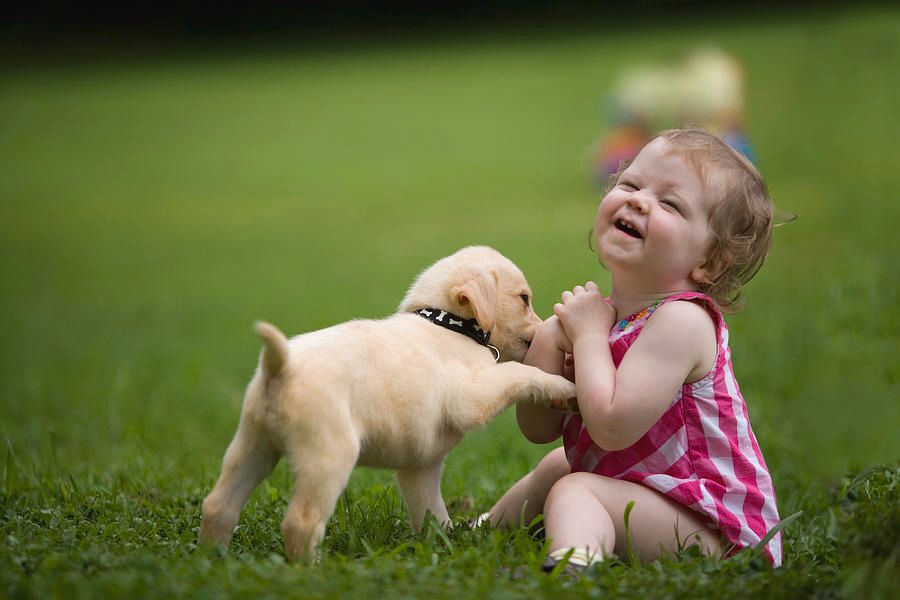
Research shows there is a critical window for socialization during the first 3 months of a puppy’s life. According to the Purdue University Veterinary Medicine, the prime socialization period is between 3-12 weeks old, with the most significant socialization occurring between weeks 3-5. During this time, puppies are primed to learn about their environment, build confidence, and develop social skills through early experiences.
Positive experiences during this developmental stage lay the foundation for good behavior and social skills as an adult dog. Without proper socialization in the early months, dogs are more likely to develop fear, anxiety and potential aggression towards people, other animals or in new environments. Dogs that miss early socialization may require significantly more training and behavior modification as adults.
For these reasons, it is critical to maximize safe, controlled socialization opportunities in the first 12-16 weeks. Well-socialized puppies tend to have increased tolerance, lower reactivity and greater resiliency throughout their lives.
Socialization with Other Dogs
Socializing your dog in a controlled manner with balanced adult dogs is enormously beneficial. Supervised play promotes important social learning and healthy dog-to-dog interactions. As explained by Friendship with Benefits: The Importance of Socialization for Your Dog, playing with other dogs provides a fantastic workout, helps your dog develop good manners, and builds confidence.
However, it’s crucial to avoid the dog park or daycare until your puppy is fully vaccinated. According to the ASPCA, puppies should receive their final round of “puppy shots” at 16 weeks old. Until then, carefully orchestrated playdates with adult dogs you know and trust are a safer option. Always monitor all interactions closely and don’t overwhelm your puppy.
Socialization with People
Socializing your puppy with a wide variety of people is crucial for ensuring they become a friendly, well-adjusted dog. Puppies should be exposed to people of different ages, from young toddlers to the elderly, as well as different genders, races, and appearances, such as people wearing hats or sunglasses. Teach your puppy how to properly interact with children by rewarding calm behavior and preventing overly rambunctious play. Allow strangers to pet and handle your puppy to get him comfortable being touched from head to paw, including allowing gentle handling of his mouth, ears, paws, and tail. Bring your puppy to the groomer or practice handling exercises like brushing and nail trims at home so he associates these experiences with rewards rather than fear. The more diverse people your puppy meets while young, the more confident and friendly he’ll be as an adult dog.
According to the AKC article “How to Socialize a Puppy”, proper socialization with people involves “Exposing your puppy to a wide variety of people – including children, the elderly, people wearing hats, people using canes or wheelchairs, joggers, etc.” https://www.akc.org/expert-advice/training/puppy-socialization/
Socialization with Environments
Gradually introducing your puppy to new sights, sounds, surfaces, and locations is key for socialization. Puppies can be fearful of things they haven’t encountered before, so it’s important to expose them to a wide variety of environments in a positive, controlled way during the critical socialization window. This helps prevent reactivity and improves confidence in new situations as an adult dog.
Start by taking your puppy for short walks around the neighborhood, allowing them to experience different sights and sounds like cars, bikes, or children playing. Introduce different surfaces like wood floors, tile, grass, concrete, or metal grates. Visit pet-friendly stores, go for car rides, or walk on busy streets. The goal is to make new experiences positive by pairing them with praise, treats, and play.
It’s ideal to expose puppies to about 50 new people in the first few months. The same goes for environments—the more diversity the better. Go slowly, keep sessions brief, watch your puppy’s comfort level, and don’t flood them. With positive, progressive environmental socialization, you’ll end up with an adaptable adult dog.
For more on the critical importance of puppy socialization, see [Socializing Puppies to People and the Environment](https://summerbrookgoldens.com/puppy-socialization/).
Preventing Reactivity
Preventing reactivity starts with exposing your puppy to new sights, sounds, people and animals slowly and calmly right from the start. This builds confidence and reduces fear. Gradual exposure in a controlled setting with lots of treats teaches your puppy to look to you for guidance when uncertain (Source).
It’s also important to countercondition any potential reactivity before it escalates. If your puppy shows any fearful or reactive body language, remain calm and use treats to redirect their attention back to you. Stay at a comfortable distance from the trigger and work on basic commands until your puppy relaxes (Source). With time and consistency, you can change your puppy’s emotional response and prevent reactivity from developing.
Patience is key when managing puppy reactivity. Never punish fearful behavior. Staying in control of your own emotions shows your puppy there is nothing to worry about. Continue socialization at your puppy’s pace to build their confidence.
Socialization Strategies
There are several reward-based exposure techniques that can help socialize your puppy:
Desensitization and counterconditioning are important for creating positive associations. Start by exposing your puppy to new stimuli at a distance where they remain calm and relaxed. Pair this exposure with high-value rewards to create a positive experience. Slowly decrease the distance as your puppy becomes comfortable, continuing to reward calm behavior in the presence of the stimuli. This technique changes the emotional response from fear to happy anticipation of treats.
Use reward-based methods to encourage engagement with new experiences. For example, toss treats on the floor while vacuum cleaning to build a positive association. Praise and reward your puppy for remaining calm around new people, animals, or environments. Create a positive experience by pairing exposure with things your puppy enjoys like play, affection, treats or toys.
Avoid forcing interactions or flooding your puppy with experiences too quickly. Go at their pace, keeping sessions brief and positive. End on a good note before your puppy becomes fearful or overwhelmed. With time and consistency, reward-based training can build confidence with new situations.
For any reactivity issues, seek guidance from a certified professional dog trainer or behaviorist. They can help implement customized desensitization programs.
Troubleshooting Setbacks
If your dog has a scary or traumatic experience during socialization, it’s important not to lose hope. With time, patience and positive reinforcement, you can help them recover. Here are some tips:
If your dog has an overly frightening encounter with another dog, person, or situation, give them a break from socialization training. Don’t force interactions that scare them. Let them destress and regain their confidence at their own pace. You may need to revisit more basic socialization steps and go slower.
According to this source, remain calm and positive yourself, and project confidence in your dog’s ability to bounce back. Don’t coddle anxiety, but do provide affection and encouragement.
Look for signs your dog is ready to try again, like curiosity toward a potential socialization opportunity. Reward with treats for calm behavior. Gently challenge their comfort zone while ensuring positive experiences.
If your dog has responded fearfully or aggressively in the past, this article recommends revisiting socialization basics in safe environments. Work up slowly to more challenging interactions.
With patience and resilience, you can help your dog regain trust and confidence after negative encounters. Stay positive and keep socializing according to their needs.
Lifelong Social Enrichment
It’s important to remember that socialization is not just for puppies. Socialization should be an ongoing, lifelong endeavor to help foster a tolerant, confident dog. According to the National Library of Medicine, adult dogs require continued socialization and exposure to prevent behavior problems from developing later in life.
As your dog matures, continue providing him with new positive experiences through walks in different areas, visits to dog-friendly stores, and introducing new sights, sounds, people, and animals. Keep his world expanding with new adventures to reinforce his skills meeting new things without fear. A lifelong commitment to social enrichment will allow him continue building confidence and maintain his ability to cope with change.

